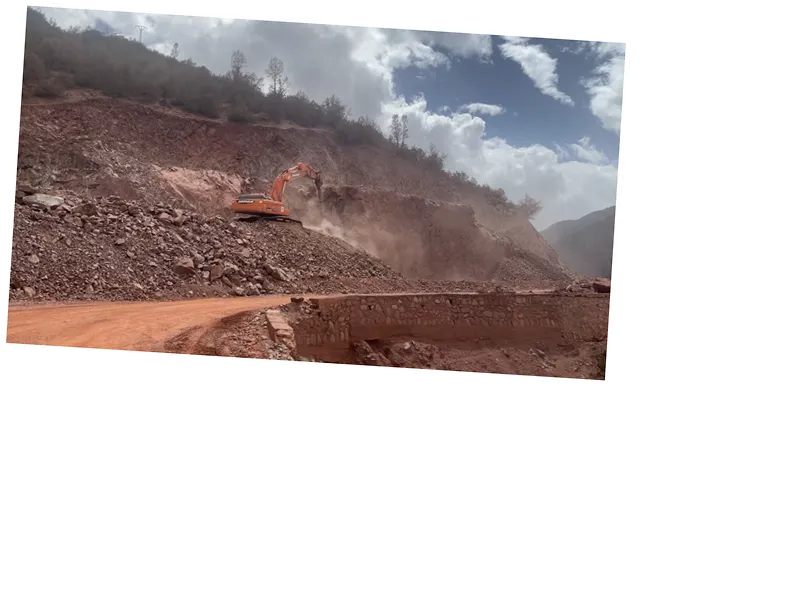Recovery Efforts in Morocco's Al Haouz Region
A year has passed since the devastating earthquake that struck Morocco's Al Haouz region, measuring 7.2 on the Richter scale. The aftermath is still visible, particularly in the mountainous roads leading to remote villages. These roads, once bustling with life, have suffered severe damage from both the earthquake and ongoing weather fluctuations. Traveling through the towering Atlas Mountains, one cannot help but feel a sense of awe and trepidation as giant boulders loom overhead, threatening to fall into the deep valleys below.
Despite the challenges, the Moroccan government has initiated a significant reconstruction program, allocating a budget of 120 billion dirhams (approximately $12 billion) over five years to aid approximately 4.2 million people across six affected regions. This includes financial support for families, rebuilding homes, and revitalizing local businesses. The Ministry of Equipment and Water has mobilized a fleet of heavy machinery to restore damaged infrastructure, reopening over 90% of the affected roads shortly after the earthquake.
Road Rehabilitation and Community Resilience
As recovery efforts continue, the road conditions remain a pressing concern for villagers. While some sections have been rehabilitated, many areas still face dangerous conditions, making travel perilous. Motorcycles have become the primary mode of transportation for locals, as they can navigate the narrow and rugged paths more easily than larger vehicles. Villagers express hope that the ongoing road works will soon be completed, allowing for safer travel between their communities and urban centers.
The government has also recognized the need for additional resources, launching initiatives to modernize National Road No. 7 and enhance the resilience of infrastructure against future seismic events. Plans include the reconstruction of approximately 800 kilometers of roads and the modernization of 129 bridges, ensuring that the region can withstand future challenges.
For the residents of Al Haouz, the sight of heavy machinery at work is a beacon of hope, signaling that their long-awaited recovery is on the horizon. The rehabilitation of these vital roads is not just about infrastructure; it represents a lifeline for the mountain communities, fostering connectivity and economic revitalization.





